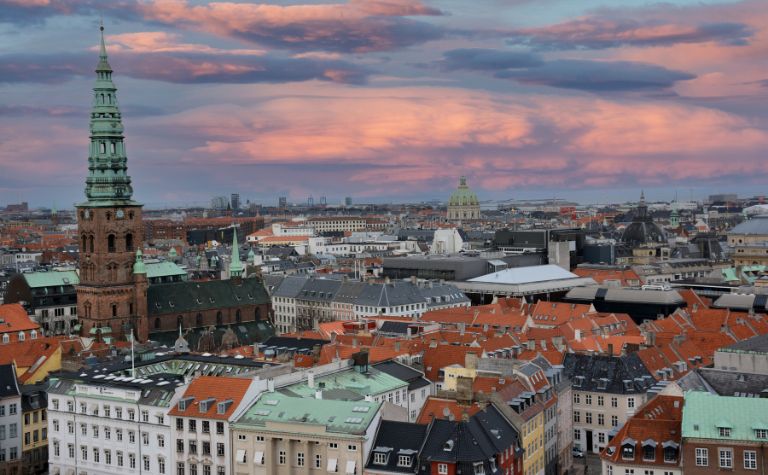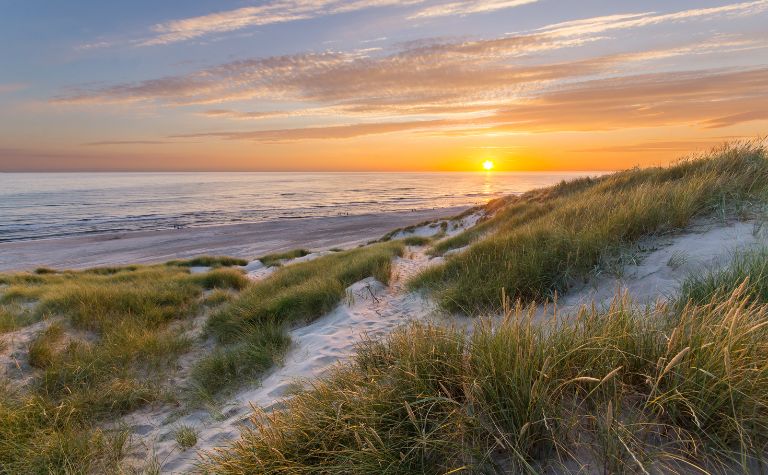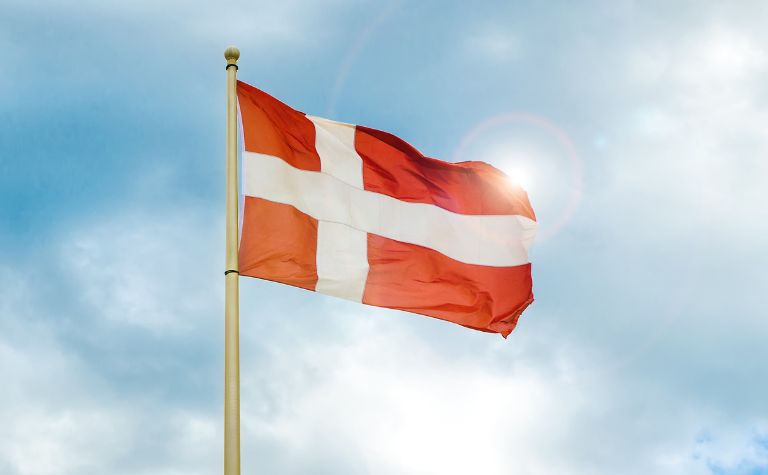Beaches, cultural festivals, a wide variety of natural wonders, and delicious food – Denmark attracts many tourists, especially in the summer.
The country’s vibrant culture is one of its main attractions, particularly since the city of Odense is known as the “fairytale capital of the world.” [1]
Things to do in Denmark include exploring the country’s natural wonders like its National Parks, forests, islands, and the Danish desert.
Visitors can also have their own fairytale experience in Odense, visit museums and palaces, and participate in the country’s drinking culture.
Denmark is full of natural wonders of many different kinds, excluding mountains. Visitors can camp outside or live in unusual accommodations in the country’s many forests and National Parks.
Denmark is a country of variety, and visitors can experience quiet, magical getaways in places like Odense or more lively experiences filled with food and drink in Copenhagen.
Also, see Is Denmark Socialist? to learn more.

What Cultural Experiences Can Tourists Have in Denmark?
Denmark is a hub of cultural experiences and heritage, from big cities to smaller towns and villages. The country is home to several museums, heritage towns, art and design spaces, and delicious cuisine.
In Denmark, tourists can have cultural experiences like visiting the Hans Christian Andersen House museum, the Funen village, the Faaborg port town, and Nordkraft.
Visitors can also explore the venues and cultural centers in the country and try Danish alcohol, seafood, and cakes.
Denmark’s reputation as a country of fairytales is owed to the writer Hans Christian Andersen who penned popular stories like The Little Mermaid.
The museum in Odense focuses not only on the author but on the stories and ideas presented in his stories, offering a unique experience. [2]
Also in Odense is the Funen Village, an open-air museum that presents the farm life of the people of Denmark in the 18th century in a unique and engaging way.
The village also aims to encourage people to take past lessons and apply them to a more sustainable future.
A picturesque town, Faaborg is an old port town in Denmark with narrow streets, an iconic Clock Tower, and historic museums and churches, all overlooking the Faaborg Fjord.
In contrast, Nordkraft is a more modern cultural center in the culturally rich city of Aalborg. An old power plant, Nordkraft, now houses performance venues and a sports center.
Aalborg has several museums and performance venues, and an orchestra. The city also has a lot of vivid street art.
Copenhagen is just as rich in venues and museums, including the Tivoli Gardens amusement park and the unusual Cisternerne, an underground museum of modern art. [3]
Aarhus is a smaller city but has a number of cultural attractions like the Infinite Bridge, ARoS “Rainbow,” and the Iceberg condominium complex.
All of these attractions showcase the importance of design to the people of Denmark.
When it comes to food, Denmark offers a plethora of traditional and experimental food that relies on fresh ingredients and vibrant colors. The oysters are considered among the best in the world.
The Danish people also drink extensively, and the food is varied, inexpensive, and very good, especially in Copenhagen.
Also, see How Much Does It Cost to Live in Denmark? to learn more.

What Natural Places in Denmark Are Worth Visiting?
All the Nordic countries are known for their beautiful and pristine landscapes, and Denmark doesn’t disappoint on that front.
However, Denmark offers a variety of landscapes and natural wonders greater than those in the other Nordic countries.
Natural places in Denmark worth visiting include the Thy National Park, the white cliffs of Møn, the Wadden Sea National Park, and the migrating dunes of Råbjerg Mile.
Other sights include the Jægersborg Deer Park, Wadden Sea National Park, and a natural spectacle called the Black Sun phenomenon.
The Thy National Park area was the first official National Park in the country and is considered to have all the features that are emblematic of Danish wilderness. [4]
Sand dunes, heaths, and limestone cliffs are part of the landscape, and an area is a great place to observe birds and otters.
South of Copenhagen are the white cliffs of Møn, a short stretch of chalky cliffs that are over 70 million years old.
The cliffs can be viewed from the water and from land, and the area is a UNESCO Biosphere reserve. It is also a great location to camp and stargaze.
The Wadden Sea National Park is one of the largest parks in Denmark and part of the network of nature protection areas in the European Union known as the Natura 2000.
The Wadden Sea comprises the largest tidal flats in the world and is listed in the UNESCO World Heritage Sites. [5]
Råbjerg Mile comprises the largest sand dunes in Denmark and can be found in North Jutland.
The dunes were formed by a great sand migration that covered entire areas, including a church in Skagen.
Filled with enormous oak trees, the Jægersborg Deer Park is full of deer and a great location for visitors interested in camping trips as well as cycling, picnicking, and horseback riding.
It used to be used by the Danish royalty as a hunting location.
Denmark’s Black Sun is a phenomenon wherein millions of starlings fly into Denmark, specifically southwestern Jutland, and the sky is covered by the birds around sunset.
The phenomenon usually lasts about 20 minutes every day between April to October.
Also, learn more about The Golden Circle In Iceland.

What Historic Places Are Good To Visit in Denmark?
Apart from the natural sites, there are a number of historical World Heritage Sites in Denmark, including remnants of Denmark’s Viking past, churches, and castles.
Historic places that are good to visit in Denmark include the Jelling town with the Viking rune stones, the Rubjerg Knude, the Christiansfeld town, the Roskilde Cathedral, and the Kronborg Castle.
Other castles to visit include Frederiksborg Castle and the Egeskov Castle.
The Jelling town has several monuments on the UNESCO World Heritage list, which include Viking Age burial mounds and rune stones.
An experience center in the town called the Kongernes Jelling allows visitors to experience the Viking age monuments through interactive exhibits.
The Rubjerg Knude is a famous lighthouse built in 1900. It offers a brilliant view of the North Sea from its location on a high cliff on the peninsula of Jutland.
The Roskilde Cathedral is where the Danish royals are laid to rest, while the Kronborg Castle is the setting of Shakespeare’s Hamlet.
Frederiksborg Castle is one of the most iconic castles in the country, while the Egeskov is an incredibly well-preserved water castle.
Conclusion
There’s a lot to do in Denmark – exploring the cliffs and sand dunes, visiting the many monuments and performance venues, and trying fresh Danish food.
Also, see Why Are There No Mountains In Denmark to learn more.
References:
[1] Source
[2] Source
[3] Source
[4] Source
[5] Source
